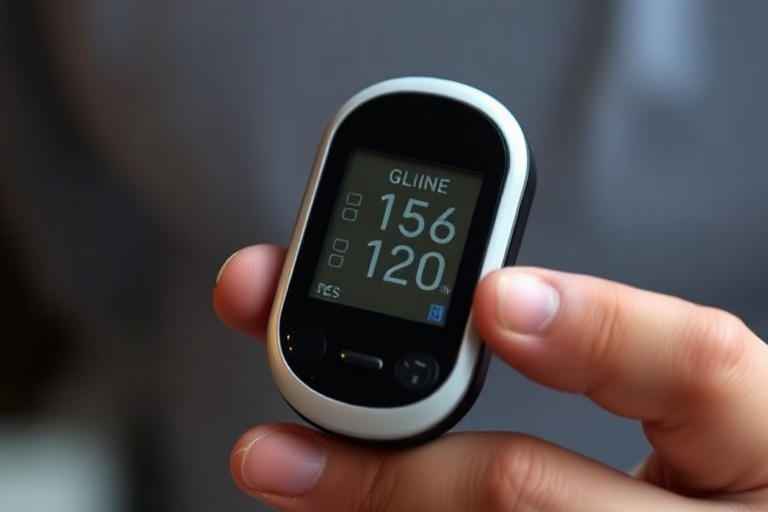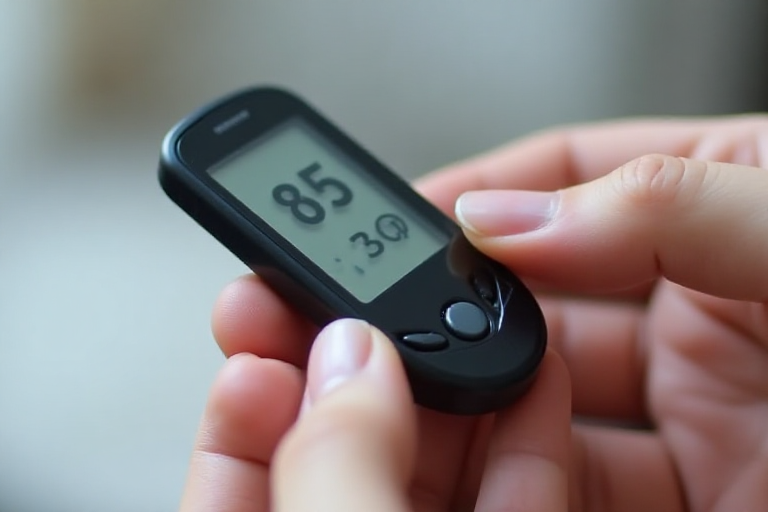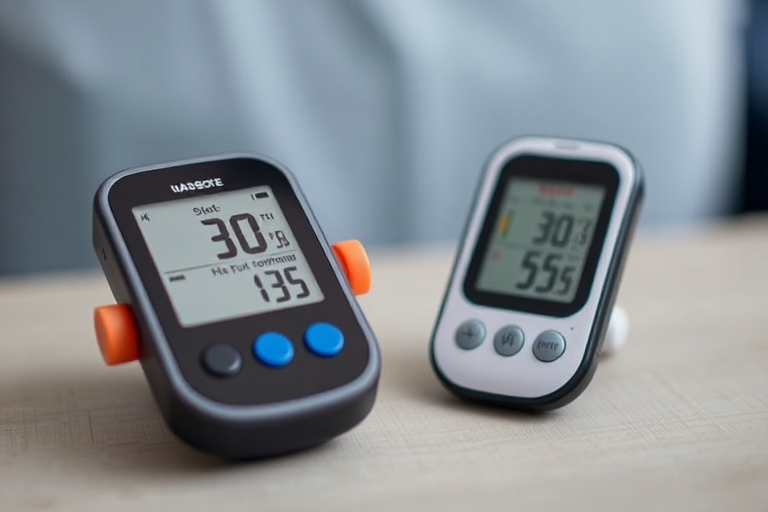
Maintaining healthy blood sugar levels is crucial for overall well-being, especially for individuals managing diabetes or prediabetes. Blood sugar, or glucose, is the primary source of energy for our body’s cells. However, when blood sugar levels are too high or too low, it can lead to serious health complications. This is where glucose monitoring devices come into play, offering a convenient and accurate way to keep track of blood sugar levels.
Glucose monitoring devices have revolutionized the way people manage their blood sugar. These devices range from traditional blood glucose meters to continuous glucose monitors (CGMs). Blood glucose meters require a small blood sample, usually obtained by pricking the finger, to measure glucose levels. On the other hand, CGMs provide real-time glucose readings throughout the day and night, offering a more comprehensive view of blood sugar trends.
One of the key benefits of using a glucose monitoring device is the ability to make informed decisions about diet, exercise, and medication. For instance, if a person notices that their blood sugar levels spike after eating certain foods, they can adjust their diet accordingly. Similarly, if exercise causes a significant drop in blood sugar, they can take steps to prevent hypoglycemia. This level of control is invaluable for maintaining stable blood sugar levels and preventing complications.
Another important aspect of blood sugar health is understanding the factors that influence glucose levels. These include diet, physical activity, stress, illness, and medication. By monitoring blood sugar regularly, individuals can identify patterns and make necessary adjustments to their lifestyle. For example, someone who experiences frequent high blood sugar levels in the morning might need to adjust their evening meal or medication dosage.
It’s also essential to recognize the symptoms of high and low blood sugar. High blood sugar, or hyperglycemia, can cause symptoms such as increased thirst, frequent urination, fatigue, and blurred vision. Low blood sugar, or hypoglycemia, can lead to symptoms like shakiness, sweating, confusion, and in severe cases, loss of consciousness. Being aware of these symptoms and knowing how to respond can prevent serious health issues.
In addition to using glucose monitoring devices, there are several lifestyle changes that can help maintain healthy blood sugar levels. Eating a balanced diet rich in whole grains, lean proteins, and healthy fats can help regulate blood sugar. Regular physical activity is also important, as it helps the body use glucose more efficiently. Managing stress through techniques like meditation or yoga can also have a positive impact on blood sugar levels.
For those who are new to glucose monitoring, it’s important to choose the right device. Factors to consider include ease of use, accuracy, cost, and whether the device offers additional features like data tracking or alerts. Consulting with a healthcare provider can help determine the best option based on individual needs and preferences.
In conclusion, maintaining healthy blood sugar levels is essential for overall health, especially for those managing diabetes or prediabetes. Glucose monitoring devices provide a valuable tool for tracking blood sugar levels and making informed decisions about diet, exercise, and medication. By understanding the factors that influence blood sugar and recognizing the symptoms of high and low blood sugar, individuals can take proactive steps to maintain stable glucose levels and prevent complications. With the right device and lifestyle changes, managing blood sugar health can become a manageable and empowering part of daily life.

